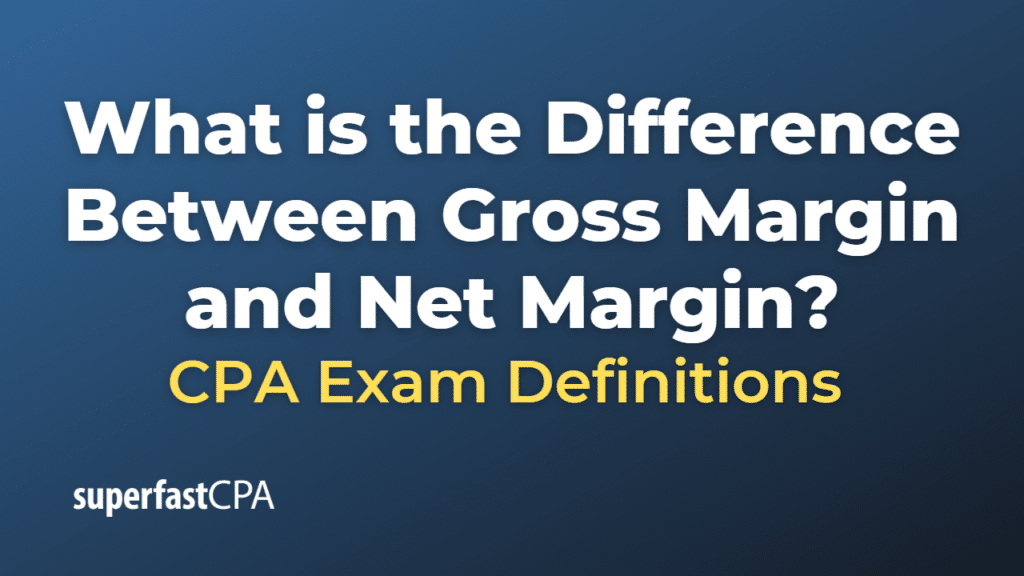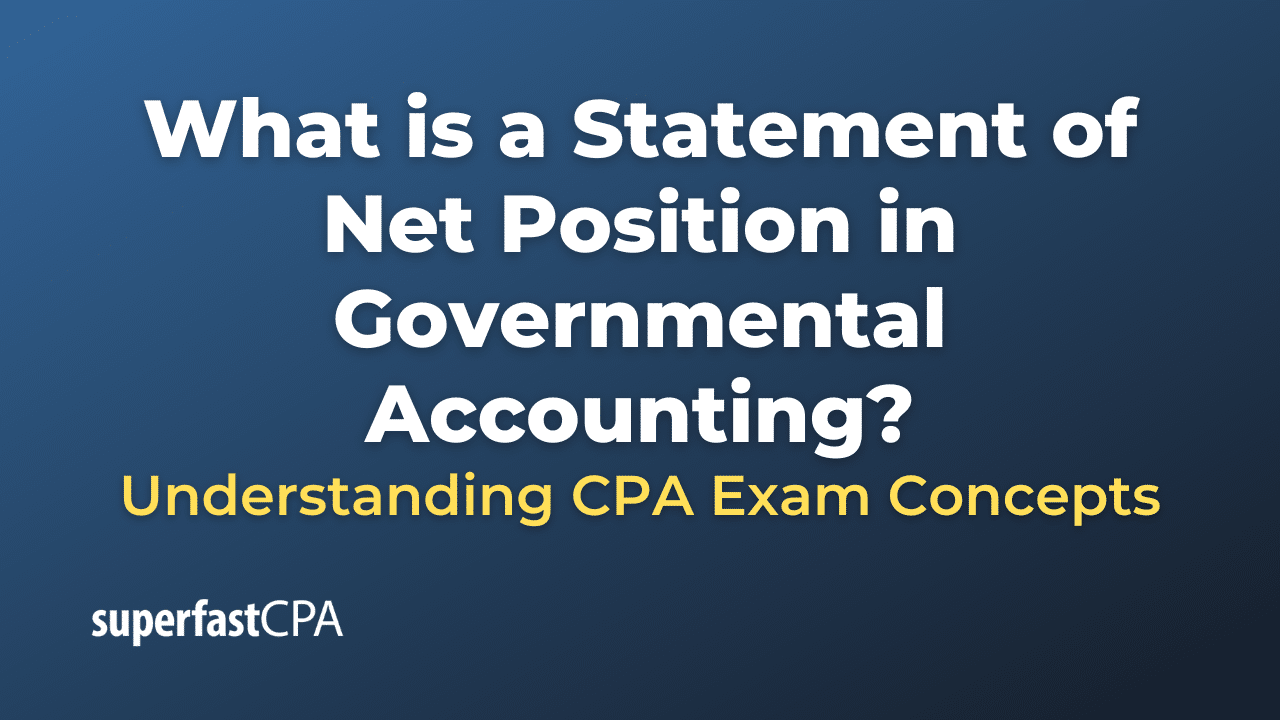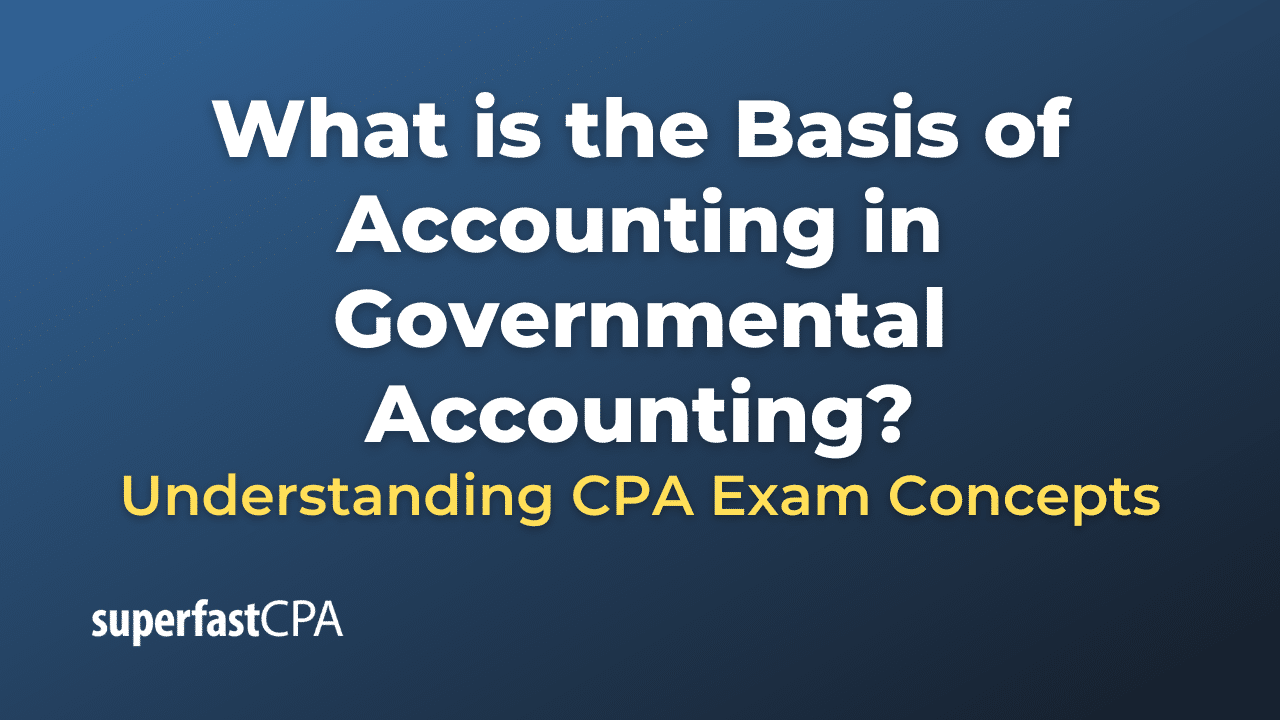Difference Between Gross Margin and Net Margin
Gross margin and net margin are two key profitability metrics that businesses use to evaluate and manage their operations. Here’s the difference between the two:
- Gross Margin: Gross margin is a company’s total sales revenue minus its cost of goods sold (COGS), divided by the total sales revenue, expressed as a percentage. The COGS represents the direct costs associated with the production of the goods sold by a company. This includes both the cost of the materials used in creating the good and the direct labor costs used to produce the good. The gross margin metric gives an indication of the efficiency of a company in using its materials and labor in the production process.
- Net Margin: Net margin is the ‘bottom line’ of a company, or net income, divided by total sales revenue, expressed as a percentage. Net income is derived by subtracting all of a company’s expenses, not just direct costs, from its total revenue. These expenses include operational costs such as rent, utilities, salaries, taxes, interest expenses, and any other general costs that the company incurs during its operations. Net margin is a more comprehensive indicator of profitability, taking into account all the expenses associated with running a business, not just the cost of producing a product or service.
So, in summary, gross margin focuses solely on the cost of producing a good or service, while net margin takes into account all the expenses associated with running the business. Both margins are critical for understanding a company’s financial health, but they highlight different aspects of the company’s profitability.
Example of the Difference Between Gross Margin and Net Margin
Let’s consider a fictional company called Widget Inc., which manufactures and sells widgets. The financial data for Widget Inc. for one year is as follows:
- Total Revenue (Sales): $1,000,000
- Cost of Goods Sold (COGS): $600,000
- Operating Expenses (rent, salaries, utilities etc.): $200,000
- Interest and Taxes: $50,000
Now let’s calculate the gross margin and net margin for Widget Inc.
Gross Margin Calculation:
Gross Margin = (Total Revenue – COGS) / Total Revenue * 100
= ($1,000,000 – $600,000) / $1,000,000 * 100
= 40%
The gross margin is 40%, indicating that Widget Inc. retains 40% of each dollar of revenue to cover operating, interest, and tax expenses after paying for the direct costs of producing widgets.
Net Margin Calculation:
Net Income = Total Revenue – COGS – Operating Expenses – Interest and Taxes
= $1,000,000 – $600,000 – $200,000 – $50,000
= $150,000
Net Margin = Net Income / Total Revenue * 100
= $150,000 / $1,000,000 * 100
= 15%
The net margin is 15%, indicating that Widget Inc. retains 15% of each dollar of revenue as profit after covering all costs including the direct costs of producing widgets, operating expenses, interest, and taxes.
So while both margins are measures of profitability, gross margin only considers the cost directly associated with making the product (COGS), while net margin considers all costs of running the business, providing a more comprehensive measure of profitability.













